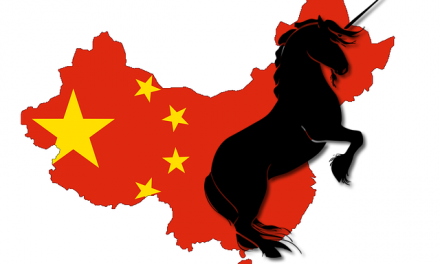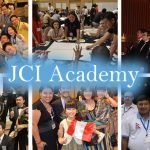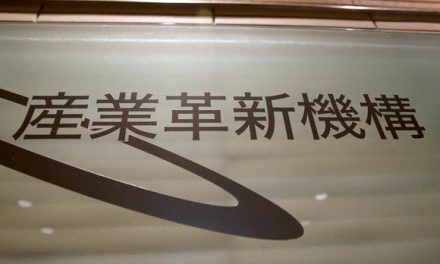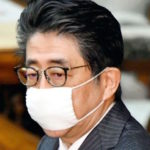
Japan’s complete defeat of intellectual creativity 2
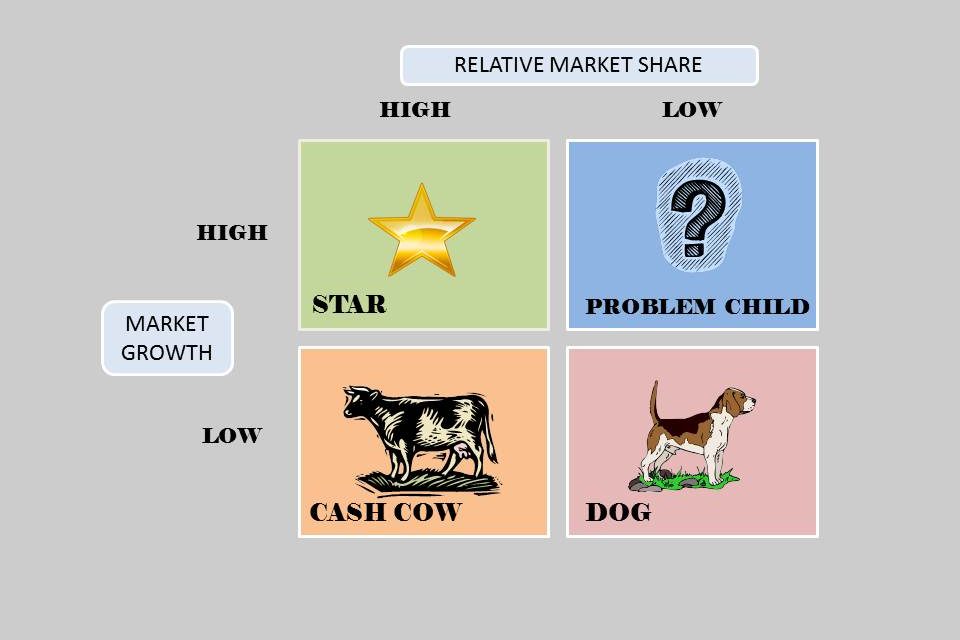
There were 2 American men who paid their attention to Japan’s group-oriented nature at such an early stage in 1950’s when US companies were beaten by Japanese enterprises in various fields.
James Christian Abegglen and Bruce Doolin Henderson.
The three sacred treasures which sustained the strength of Japan’s management were
1. The lifetime employment system
2. The wage system based on seniority
3. Company unions
After founding Boston Consulting Group (BCG), they incorporated the fruit of their analysis and perfected the world first managerial strategic theory ‘Product Portfolio’ (PPM) in 1970.
BCG incorporated “growth logic of the Japanese company” into PPM and gave an advance warning to U.S companies in the early 70’s.
If you look at the development of competitions between Japan and the U.S which happened later, we can see this warning was just right.
While Japanese people were just pushing on businesses enthusiastically, American people carried out research on Japan and action characteristics of Japanese companies at an early stage.
Then, they started striving to organize it theoretically and sublimate it to a general strategic theory.
Learning from Japan

1970’s in the U.S/ Photo: LELAND BOBBE
From the latter half of 1970’s to the former half of 1980’s, the impression of “Strong Japan” amplified more and more.
The boom of Japanese management happened in around 1980’s and a lot of books admiring Japan were published for example, “Japan as No.1”, “Japanese Management”, etc
“It was the way of admiring as if I felt like a cold shiver run through my spine.”
Mr. Saegusa
However, American people started to realize that transferring the organizational culture of Japan to the States was not really easy and the boom of the Japanese management did not last long.
On the other hand, they strived to create new management methods to compete against Japan by trial and error.
Toyota Production System

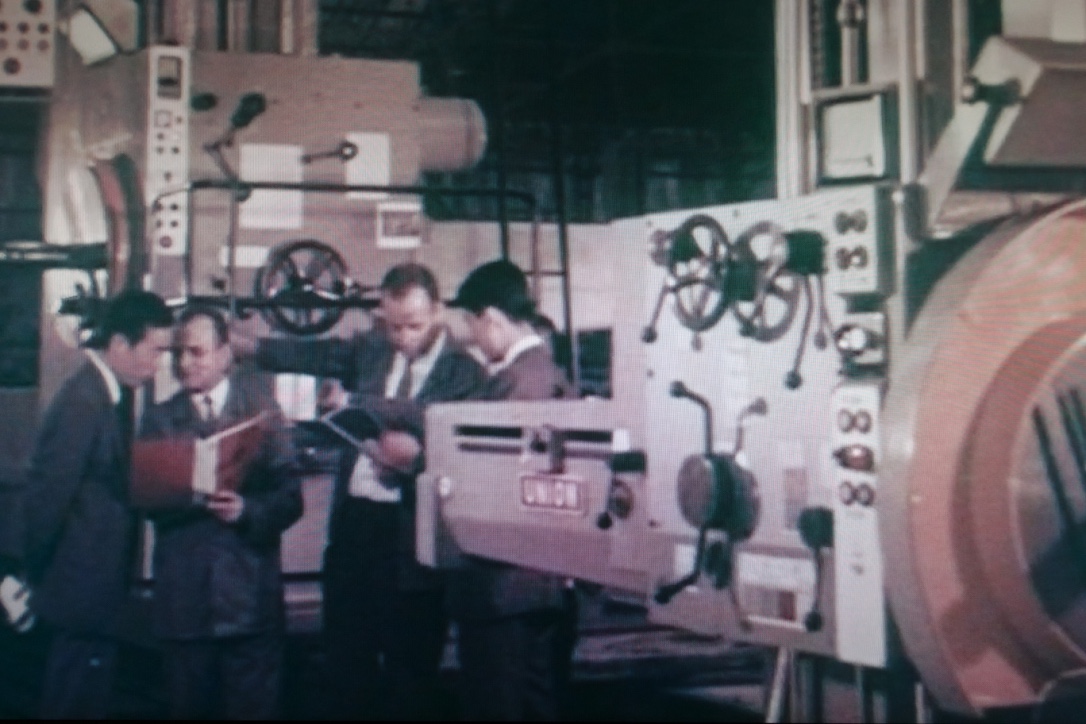
They had been aware that the strength of Japanese companies was “efficiency” and “quality” of business operation for manufacturing at the factory.
They thought that they couldn’t imitate Japan’s uncertain organizational culture, but could imitate the way of improving the quality of products.
Then, they began to work out incorporating “the Toyota production system (TPS)” and “quality management”.
A large number of American people including production managers went to Japan for visiting Japanese factories. The quality management even led to the foundation of the Malcolm Baldrige National Quality Award.
Introduction of the Japanese way was not really easy for the U.S companies. The educational level among site workers varied widely, differing from Japan.
Moreover, a sense of management was poor back then, and something like the QC cycle, the system of suggestion, and even tiny improvement promoted by voluntary actions of site workers were not common in their culture.

Photo: JAPAN GRAPHIC REVIEW
However, they were taught that these were exactly the technique of the Japanese management and they made steady efforts. The Toyota production system was introduced to various fields including consumer electronics, PCs, films,
In addition, the same concept was brought to other industries including the logistics, postal service, and construction. At hospitals, it was even transferred to the PFC system to shorten
What we shouldn’t forget is the fact that behind these efforts of American companies, there was the huge consulting industry using Japan as a model for their businesses.

Reengineering
They continuously wrote sort of instruction manual of Japan and not only spread its system to all over the U.S, but also showed great ability in organizing it to the concept of
At first, a strategy of American companies to compete against Japan was sort of chaos and they couldn’t figure out where the exit was. However, some breakthroughs were born from the latter of half of the 1980’s.
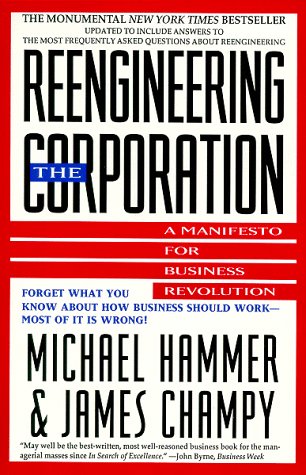
“Reengineering the Corporation” (Michael Hammer) played a role in bonding
After that, a lot of American people started having interest in it.
Reengineering was nothing more than a transient boom in Japan and a lot of criticism picking up just negative aspects came up, something like “it is just another English managerial way coming here”,
“it is nothing more than a way of laying off employees”, and “the failure rate of its introduction is high in the U.S”.
However, through the 30-year decline and fall of American history from 1960’s to 1990’s, the meaning of the fact that they didn’t take on a money game but succeeded in creating the method of
To be continued …
Sponsored Link





